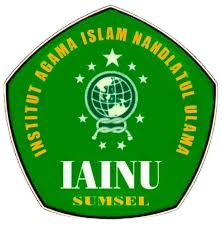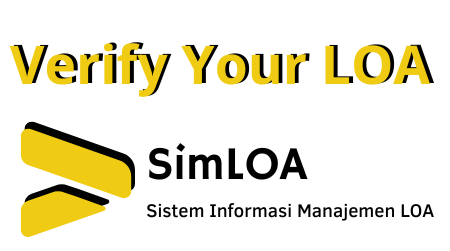STRATEGY FOR DEVELOPING SUNGAI PINANG BEACH TOURISM VILLAGE USING THE BUSINESS MODEL CANVAS
DOI:
https://doi.org/10.70656/emisja.v2i2.439Keywords:
Business Model Canvas, Tourist Village, TourismAbstract
Tourism development can be used as a means to create awareness of national identity and togetherness in diversity. Tourism development is developed with an approach to economic growth and equality for people's welfare and development that focuses on regional, community-based development and community empowerment. The aim of this research is to design ideas for planning a tourism business model for Sungai Pinang Beach in the future by looking at the current condition of the Sungai Pinang Beach Canvas Business Model and then developing a new business model after being analyzed using SWOT. The research method used in this research is qualitative research with a descriptive approach. The results of the analysis show that the condition of the Pantai Sungai Pinang tourist village has many strengths and several opportunities that have not been exploited. The Canvas Business Model has nine model elements, namely 1) tourist customer segment, 2) value proposition, namely natural and peaceful rural atmosphere, sunrise tourism, outbound sensation in rural nature, typical souvenirs, traditional food, easy access , and adequate facilities, 3) channels are social media: Website, Facebook, Instagram, Youtube, making Google maps, brochures, posters, 4) customer relations namely hospitality and social media, 5) income stream is sales of tourist entrance tickets , Discount services, sales of souvenirs and souvenirs, as well as sales of traditional food and drinks, 6) main resources, namely rural land, supporting buildings, human resources, natural raw materials, financial resources of employees and the community and community culture, 7) main activities namely rural natural spatial planning, site maintenance and site care, 8) key partnerships are investors and the government, 9) the cost structure is operational costs, labor wages, marketing costs, development costs and maintenance costs.
Downloads
References
Chesbrough, H. (2010). Business Model Innovation: Opportunities and Barriers. Long Range Planning, 43(2-3), 354–363. https://doi.org/10.1016.
Djodjohadikusuma Sumitr. 1990. “Sejarah Pemikiran Ekonomi”. Jakarta: Yayasan Obor Indonesia.
Kotler P, Keller KL. 2018. Manajemen Pemasaran Edisi Kedua Belas Jilid 1 (12th ed.). Jakarta: Indeks.
Mulia Syah Ali, 2016. “Strategi Pengembangan Fasilitas Untuk Meningkatkan Daya Tarik Wisata Di Darajat Pass (Waterpark) Kecamatan Pasirwangi Kabupaten Garut”. Skripsi: Universitas Pendidikan Indonesia.
Maftukhatusolikhah dkk. 2023. Pariwisata Halal Yang Berkelanjutan dan Bertanggungjawab. Depok: Rajawali Pers.
Mardalis. 2014. Metode Penelitian (A Proposal Approach). Jakarta: Bumi Literasi.
Muljadi. 2014. “Pariwisata dan Perjalanan”. Jakarta: Pers Rajawali.
M.L Jingan. 2003. Ekonomi Pembangunan dan Perencanaan. Padang: PT Raja Grafindo.
Trimi, S., & Berbegal-Mirabent, J. (2012). Business model innovation in entrepreneurship. International Entrepreneurship and Management Journal, 8(4), 449–465. https://doi.org/10.1007/s11365-012-0234-3.
Ummu Khouroh. 2021. “Pengembangan Model Bisnis Desa Wisata Di Era New No”rmal. Jurnal Senorita. Vol. 2. No. 1.




.png)

.png)

.png)
.png
)



